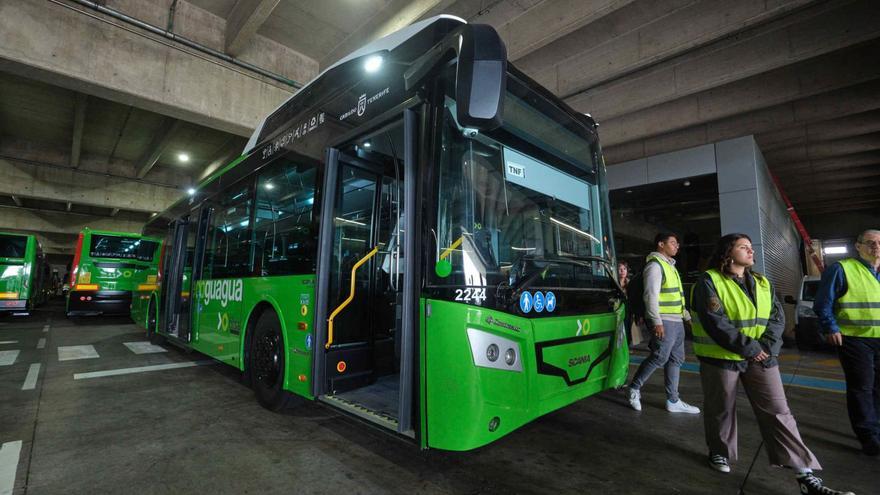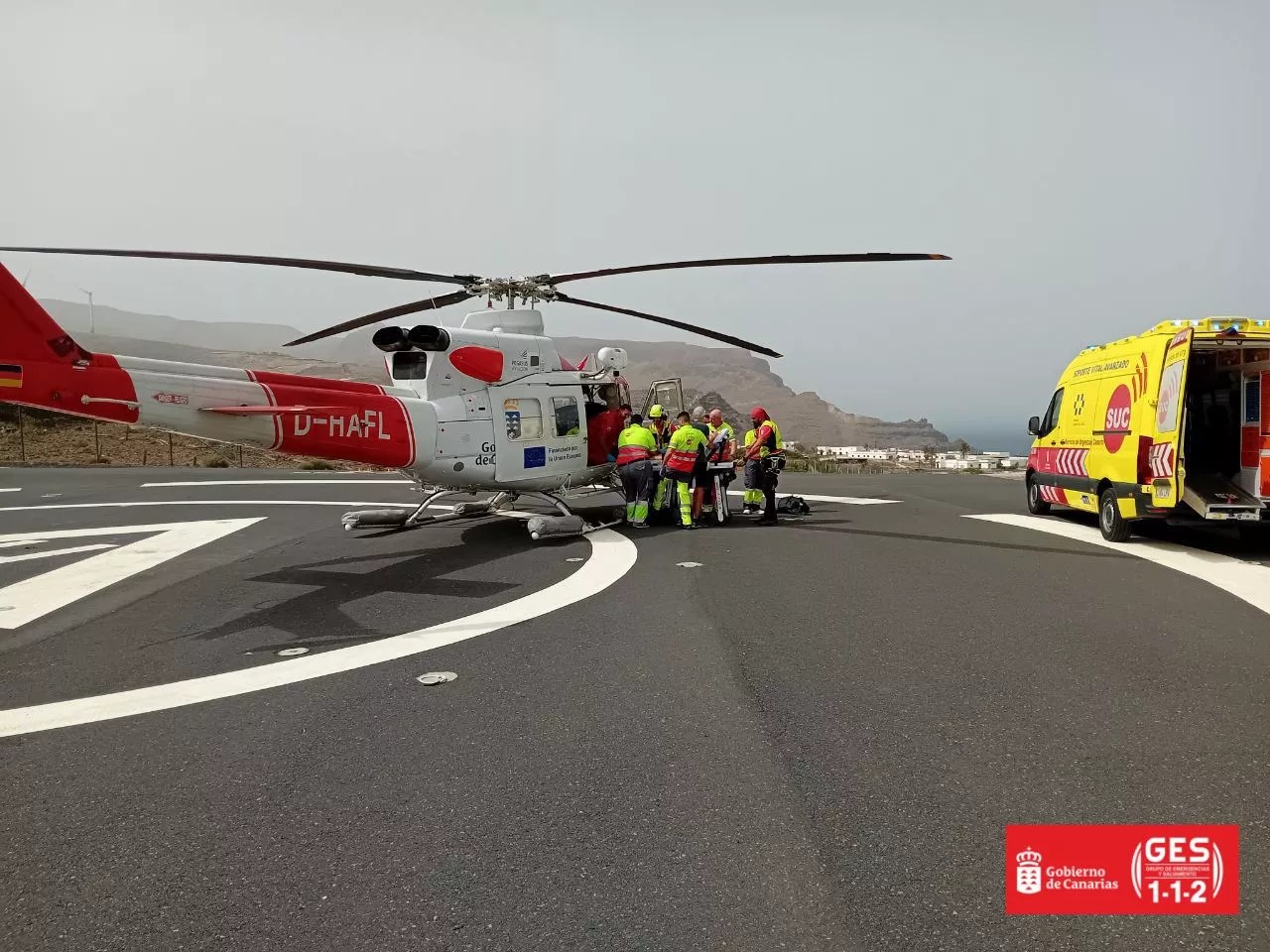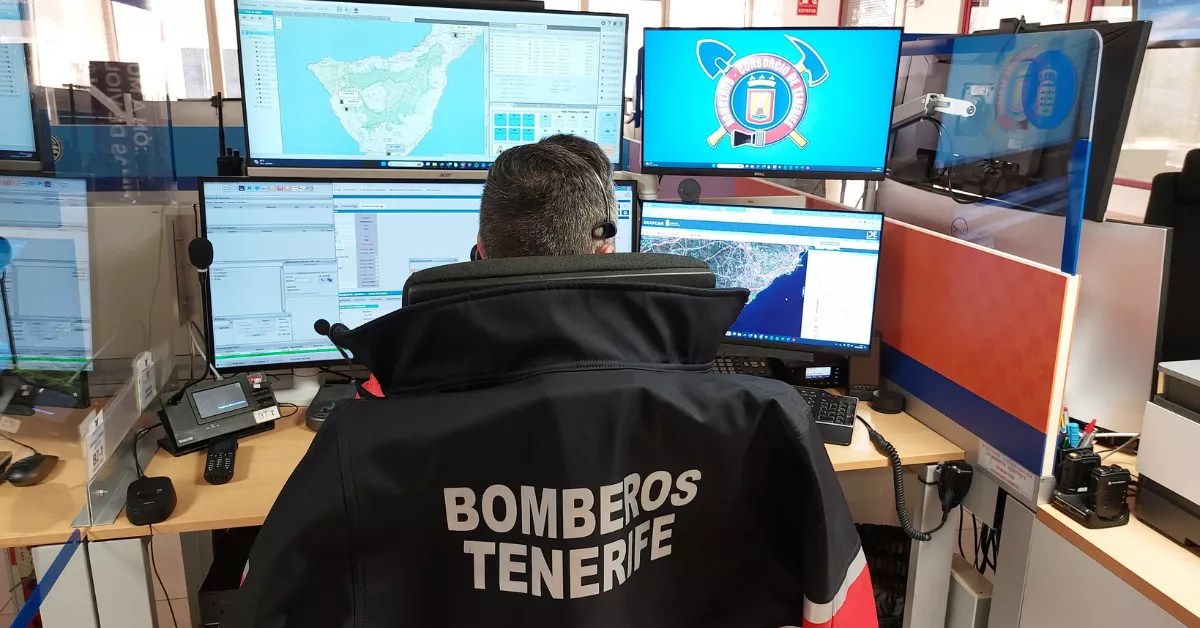
The company Transportes Interurbanos de Tenerife (Titsa) has experienced an increase of 5.5 million bus passengers on the island during the first four months of 2024 compared to the same period last year. The total figure exceeds 26 million passengers between January and April, specifically 26,895,127. This figure represents an increase of almost 25% (24.8%), 5,543,460 users, compared to 2023, when it recorded 21,351,667. It also sets a historical record in absolute user numbers. The factor of gratuity, in place since January 1, 2023, and still active this year, has played a significant role. There are increases in all areas: the North (30.2%), the South (25.9%), and the Metropolitan Area (24.21%).
Record numbers. Every month shows an increase in the year-on-year comparison. Thus, in January there was a 34.3% increase reaching 6,687,461 passengers: in February, 33.3% (6,684,719); in March, only 9.3%, with 6,598,934 and in April, the record figure this year, 6,924,013 users were reached, 30% more than in 2023.
Regarding the areas with the highest number of passengers, the North stands out with a 30.2% increase, followed by the South with 25.96% and the Metropolitan Area with 24.21%.
The president of the Tenerife Island Council, Rosa Dávila, values the data from this report which show a very significant increase compared to the previous year, demonstrating the importance of “betting on public transport as one of the main solutions to improve mobility on Tenerife.”
Municipalities. Precisely, Rosa Dávila, accompanied by the Vice President of the Insular Corporation, Lope Afonso, and the Mobility Councillor, Eulalia García, held a meeting this Wednesday with representatives from the municipalities of the island to coordinate the necessary actions to improve mobility. During the meeting, municipalities were given the opportunity to make suggestions in this area to work alongside the Tenerife Island Council.
“We are making a very significant economic effort regarding the possibility of putting more buses in the territory and an amount exceeding 80 million Euros available from August for the acquisition of new vehicles for the fleet,” but also, she added, “we believe that there are other fundamental tools from the point of view of infrastructure or new mobility systems, but they would undoubtedly be completely insufficient without an exquisite coordination with the municipalities, with the councils, and especially with those responsible for mobility, traffic, and transportation in each of the municipalities.”
Mobility Plan. The Insular Sustainable Mobility Plan of Tenerife structures its long-term development by establishing two temporal scenarios (2035 and 2045) and a total of 17 action alternatives that combine road infrastructure projects, improvement of public transport, rail transport, and mobility policies such as regulating surface parking or establishing Low Emission Zones. The document highlights the need to promote the use of public transport. It especially advocates for adapting the bus service to users with greater flexibility. And provided free of charge.
Demand-Responsive Transport in the South
During this Wednesday’s inter-administrative meeting, aspects such as the upcoming launch of demand-responsive transport in the municipalities of Güímar, Fasnia, and Arico were discussed. The goal is to establish a new regionalized system of this type of transport that will be implemented gradually and will not have set routes, thus being able to provide a more flexible service in the areas and schedules envisaged for this new service. Particularly during peak hours from 6:30 to 9:00 and from 13:30 to 15:00, always linking the service with bus stops. The Tenerife Island Council plans to gradually implement the same demand-responsive transport system in other regions in the north of the island. It is worth noting that in the previous mandate, a similar model called Tu Wawa was attempted and even put into effect for a period of time. | J.D.M.















